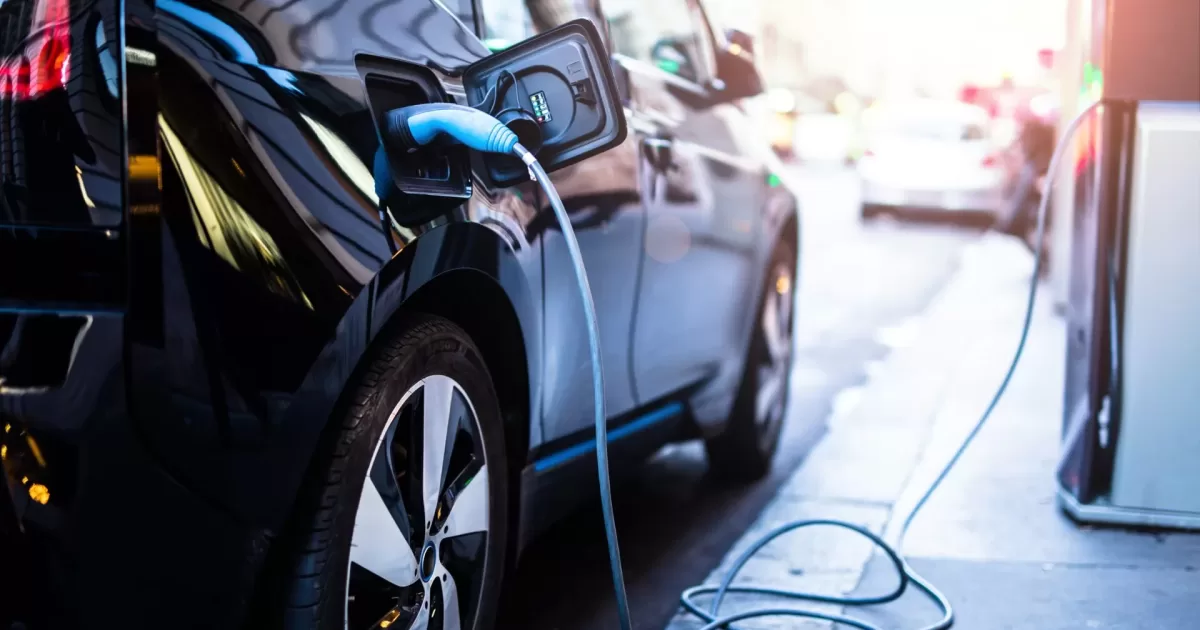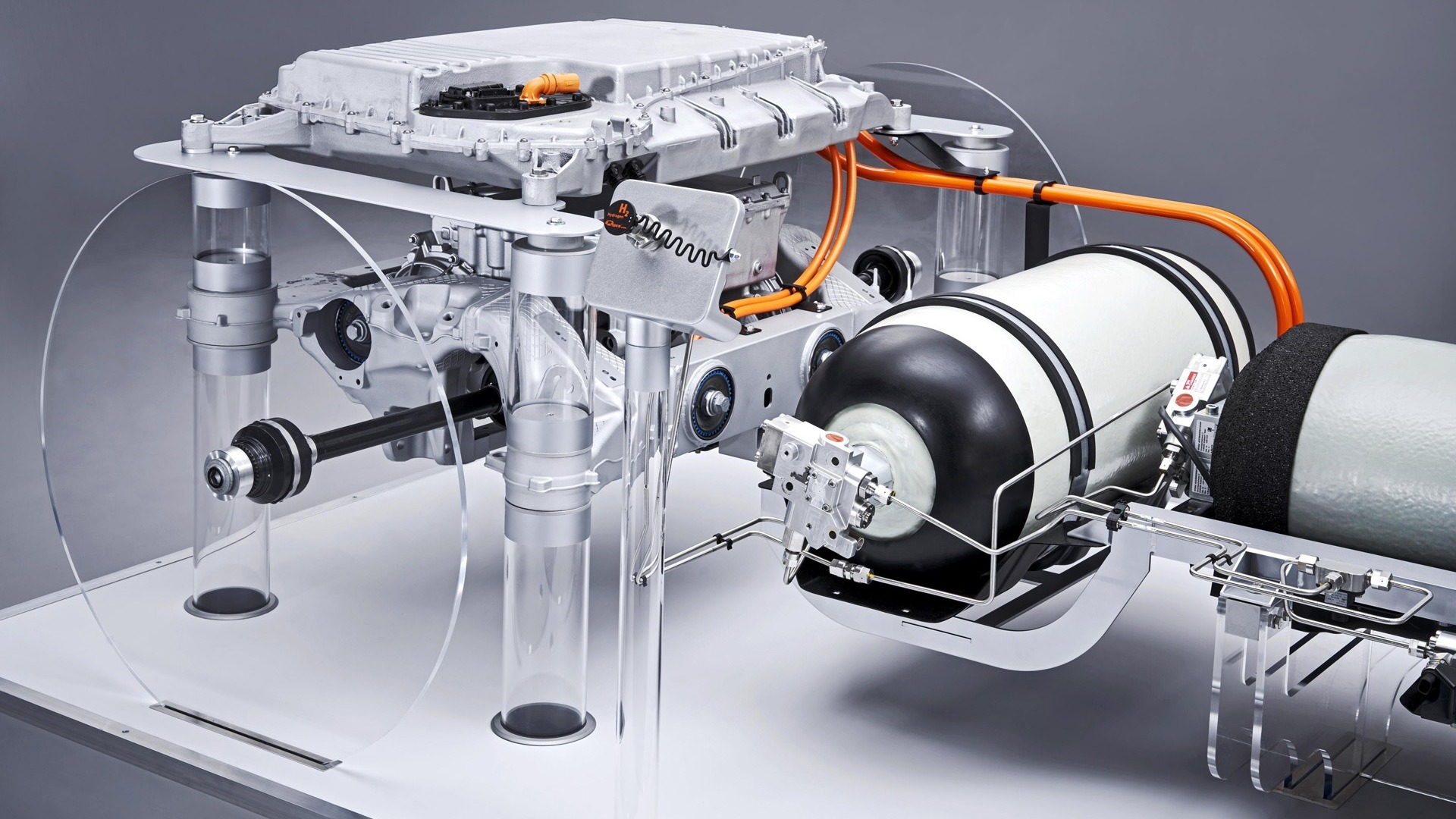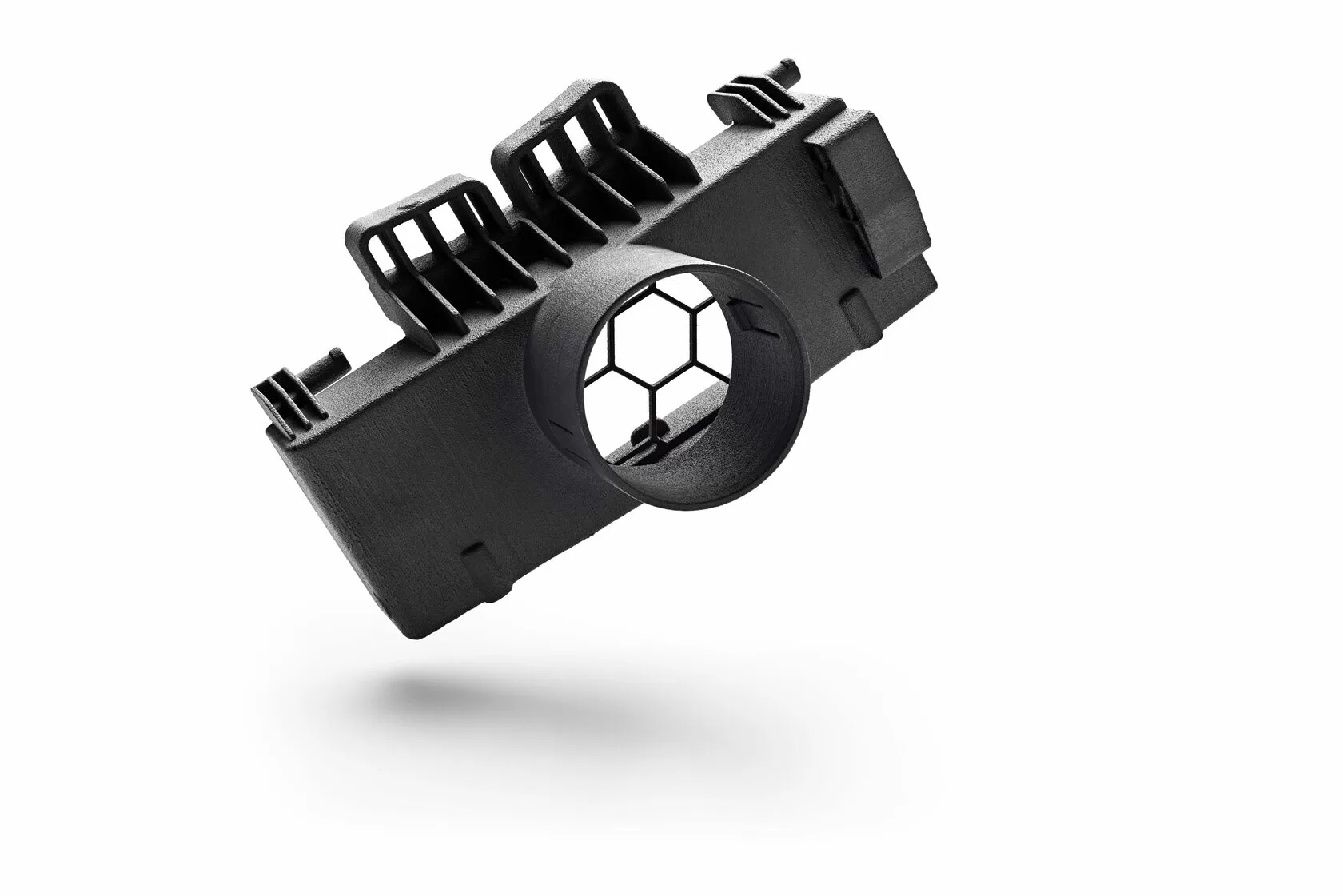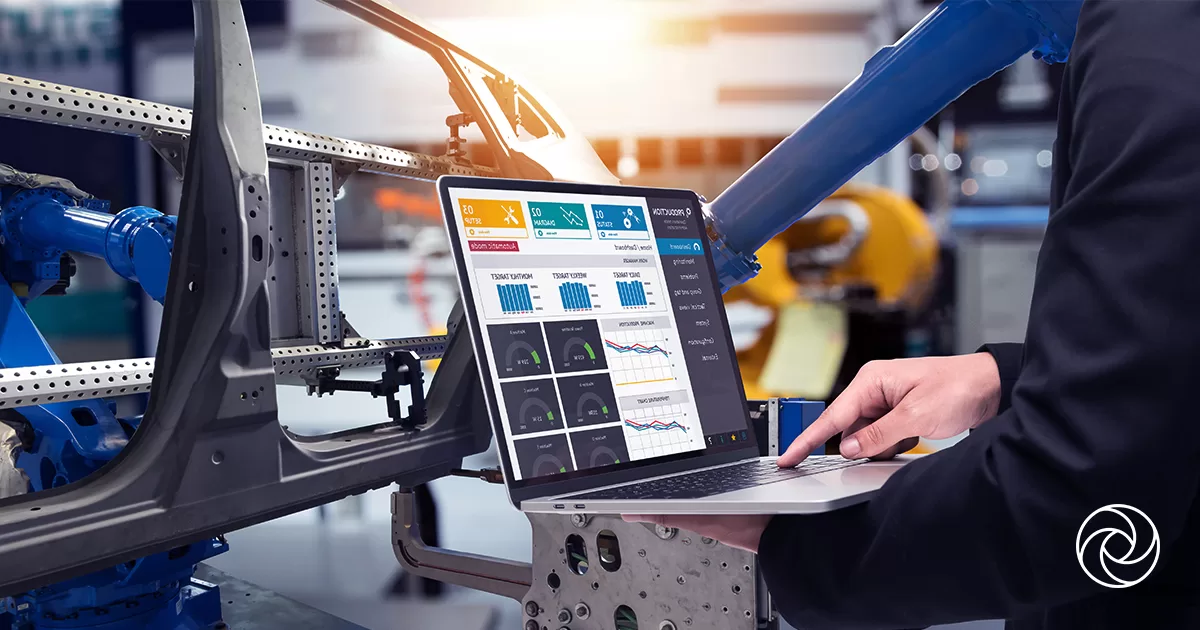Introduction
The automotive industry is undergoing a revolution towards sustainable transportation, with electric vehicles (EVs) leading the charge. As the popularity of EVs grows, manufacturers strive to enhance their design, performance, and sustainability with innovative solutions. One such technological breakthrough that has emerged as a game-changer in this pursuit is 3D printing. With the capability to swiftly prototype and produce intricate components, 3D printing is transforming the electric vehicle sector, unlocking fresh prospects, and propelling innovations. This blog post examines how 3D printing bolsters the electric vehicle industry while shaping the future of mobility.
Design Freedom and Customization
One of the primary benefits of implementing 3D printing in the EV sector is the remarkable extent of design flexibility it provides. Conventional manufacturing techniques frequently impose limitations on design owing to limitations in tooling and production processes. Conversely, additive manufacturing permits the creation of delicate and light-weight structures, empowering designers to enhance the efficiency and performance of various components. This versatility permits the alteration of components to fulfil particular criteria, for instance, lightweighting for better range, aerodynamics, and overall vehicle performance. From intricate geometries to customised internal parts, 3D printing enables manufacturers to break new ground in design and manufacture genuinely ground-breaking electric vehicles.
Rapid Prototyping and Iteration
Developing a new electric vehicle model requires several iterations and refinements to achieve optimal performance and aesthetics. This iterative process can be both time-consuming and expensive when using traditional manufacturing techniques. However, 3D printing expedites development by facilitating rapid prototyping. This technology allows manufacturers to produce functional prototypes quickly, providing prompt evaluation of design concepts, fitment, and performance. This flexibility not only shortens the development process but also speeds up innovation cycles, allowing manufacturers to bring new electric vehicle models to the market more effectively.
Lightweighting and Material Optimization
Reducing weight is crucial in achieving maximum range and efficiency for electric vehicles. 3D printing is outstanding in lightweighting components by using advanced materials and optimizing internal structures. Techniques like lattice structures and topology optimization enable designing parts that maintain strength while minimizing weight. This enhances not only the overall performance of the EV but also contributes to energy savings and extends battery life. In addition, the implementation of 3D printing technology allows for the utilization of exceptional materials, such as composites and high-performance polymers, that exhibit superior mechanical properties and thermal resistance. Furthermore, these lightweight and robust materials contribute significantly to the efficacy and sustainability of electric vehicles.
Conclusion
The incorporation of 3D printing technology into the electric vehicle industry is revolutionising the design, manufacture, and customisation of vehicles. 3D printing provides design flexibility, rapid prototyping, and lightweighting advantages, which enable electric vehicle manufacturers to explore new horizons. Manufacturers can leverage this technology to produce optimised components, reduce development time, and improve overall electric vehicle sustainability and performance. "As the technology of 3D printing moves forward, we anticipate additional advancements and discoveries in the electric vehicle field, propelling us even closer towards a more eco-friendly and sustainable era of transportation."





